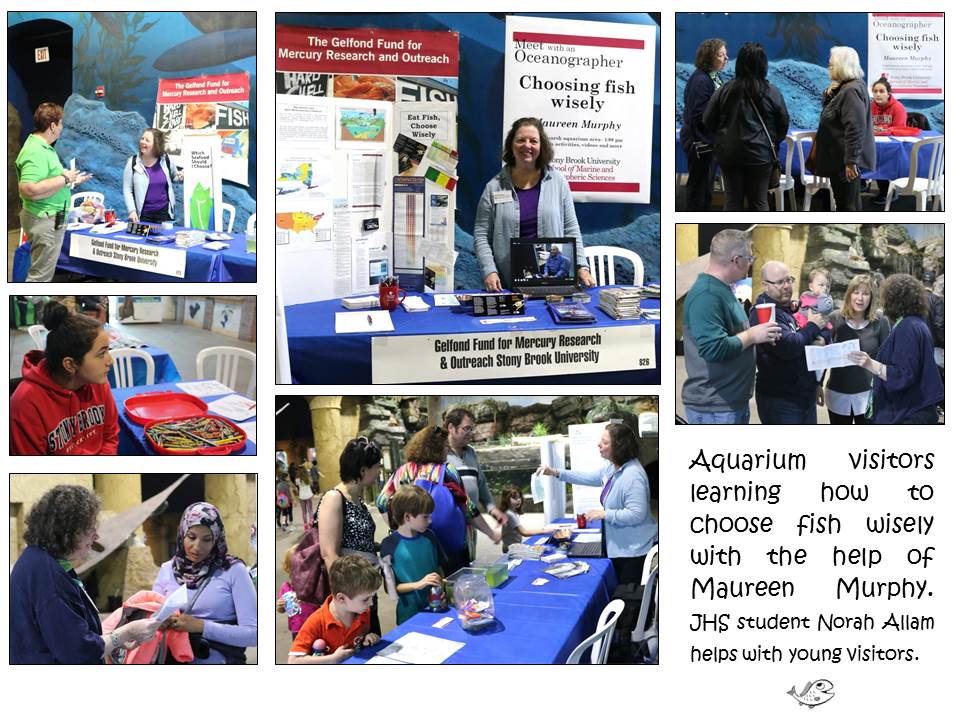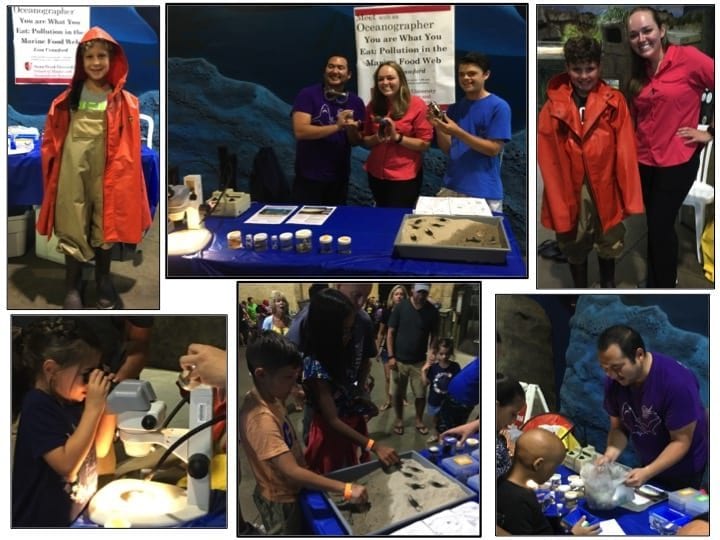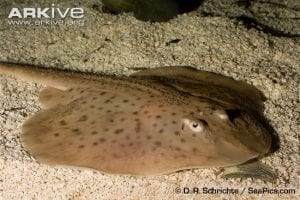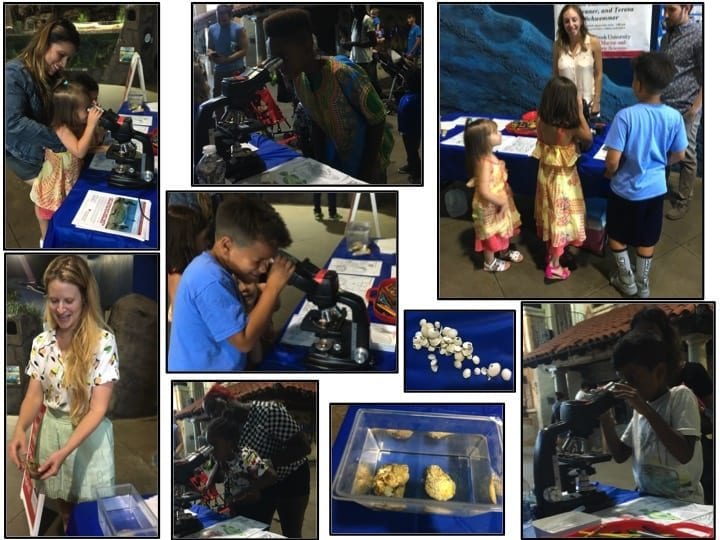Last Saturday (10/2018), visitors of LIA found out that eating a lot of seafood might be an issue for their health. With the help of Maureen Murphy from SBU, they learnt how choose fish and shellfish wisely.
Category Archives: Uncategorized
September 22, 2018 –WANTED! Oxygen
Luis Medina, Stony Brook University. You may have heard of “dead zones” in the ocean, but what does this mean? Meet with local scientist and find out why the ocean is running out of oxygen, what areas this is happening to and the potential impacts on your favorite marine organisms!
Photo credit https://en.wikipedia.org/wiki/Dead_zone_(ecology)
You Are What You Eat: Pollution in the Marine Food Web
August 11, 2018
Lisa Crawford, Stony Brook University
Everyone knows pollution is bad, but what happens when pollutants enter the ocean? Find out what happens to sharks, rays, and other marine critters when they are exposed to contaminants. Meet with a local marine biologist to learn about marine predators and the risks they face in the ocean.
PHOTO CREDIT: https://www.aqua.org/Experience/Animal-Index/sand-tiger-shark & https://www.arkive.org/winter-skate/leucoraja-ocellata/image-G74914.html
What’s for Dinner in an Acidified Ocean?
June 21, 2018
Caroline Schwaner, Teresa Schwemmer, Stony Brook University.
Though we may not feel ocean acidification just by swimming in the ocean, it will affect many of the plants and animals living in the water full time. Find out how the shellfish and fish you like to eat may be harder to find as the ocean continues to be more acidic, and how marine plants such as seagrass could help relieve some of the stress on our marine ecosystems around Long Island.
photo credit: https://www.pmel.noaa.gov/co2/story/What+is+Ocean+Acidification%3F
Happy as a fiddler crab
Jeffrey Levinton
June 23, 2018 – Fiddler Crabs: Lovers and Fighters of the Marshes.
Jeffrey Levinton, Stony Brook University.
Fiddler crabs are found all over quiet beaches and salt marshes of Long Island. They may be small but males have a giant claw, used for signaling to attract females and to fight off competing males and predators such as raccoons and birds. They guard their hole and can dash to safety by means of their astounding vision. They also help salt marsh plants to grow and can move in herds of tens of thousands. Meet with a local Marine Biologist and learn exciting facts about this sea creature.

Photo credit: https://commons.wikimedia.org/wiki/File:Fiddler_Crabs_at_Indian_River_Lagoon_-_Flickr_-_Andrea_Westmoreland.jpg









